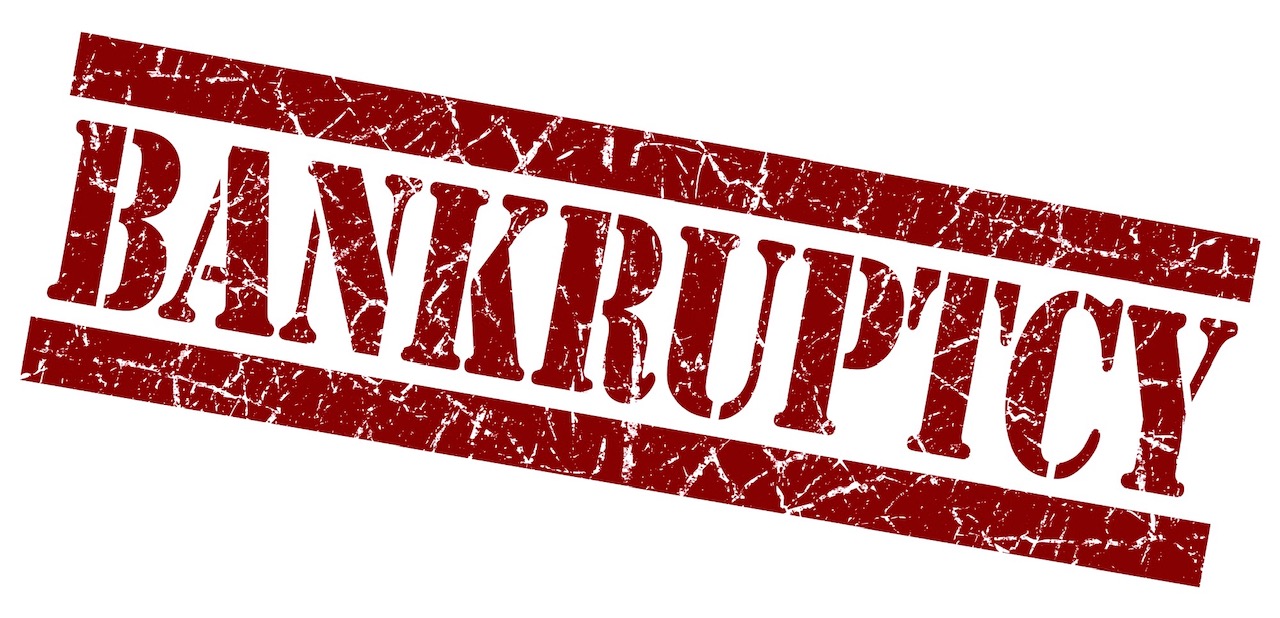
Re Poonian 2021 BCS555 reviewed the law as to what debts survive an order of bankrupty and thus cannot be avoided.
In Cruise Connections Canada v. Szeto, 2015 BCCA 363 at para 14, our Court of Appeal endorses the description of the purpose and principles of the BIA in general and s 178 in particular as set out by Blair J (then serving ad hoc on the Ontario Court of Appeal; later JA) in Simone v. Daley (1999), 170 DLR (4th) 215 (ONCA):
An important purpose of bankruptcy legislation is to encourage the rehabilitation of an honest but unfortunate debtor, and to permit his or her re-integration into society – subject to reasonable conditions – by obtaining a discharge from the continued burden of crushing financial obligations which cannot be met.
Debts which survive a bankruptcy as a result of the provisions of subsection 178(1), therefore, are exceptions to the overriding principle, and should be addressed accordingly.
An analysis of the provisions of subsection 178(1) shows that the types of debt which survive a bankruptcy may be divided into four overall categories, namely,
(1) those which have been imposed by a court in the form of a fine or some other penalty for an offence against the state (paragraph (a));
(2) those which reflect the legislative policy decision to protect spouses and children requiring support (paragraphs (b) and (c));
(3) those arising out of acts of fraud, dishonesty, or misconduct while acting in a fiduciary capacity (paragraphs (d) and (e)); and finally,
(4) those which, if discharged, would undermine the integrity of the bankruptcy process itself (paragraph (f)).
In Jerrard v. Peacock [(1985), 57 C.B.R. (N.S.) 54 (Alta. Q.B.)], Master Funduk—an experienced official in matters of this nature—subjected section 178 to the following analysis, which in my opinion is an accurate one. At pp. 62–63 he said:
Considering the new start object ingrained in the Act, the logical interpretation of the two subsections in question is that subs. (2) creates the general principle (being a release of all debts) with subs. (1) being an exception to the general principle. [Subsection (1)] establishes exceptions, not the principle, and must be viewed in that light.
It is as if the section literally reads that the order of discharge releases the bankrupt from all claims provable in bankruptcy “except the following” and then lists the seven (now six) categories in subs. (1).
. . .
All of the exceptions in the section are based on what might be classed as an overriding social policy. In other words, they are the kinds of claims which society (through the legislators) considers to be of a quality which outweighs any possible benefit to society in the bankrupt being released of these obligations.
. . .
Paragraphs (d) and (e) are morality concepts which look at conduct. These kinds of conduct are unacceptable to society and a bankrupt will not be rewarded for such conduct by a release of liability.
[ The intention of Parliament in enacting s 178 is to prevent a bankrupt from using the statutorily-bestowed shield of bankruptcy to avoid the payment of debts arising from intentionally bad conduct: Martin v. Martin, 2005 NBCA 32 at para 11; Mutual Transportation Services Inc. v. Saarloos, 2020 NSSC 198 at para 14.
Courts accordingly “take a purposive approach to interpreting s. 178(1)(d) and (e) to ensure that debtors do not benefit from their dishonesty”: HY Louie Co. Limited v. Bowick, 2015 BCCA 256 at para 41.
[ The creditor seeking to have the debt or liability survive the discharge bears the onus of establishing that one of the provisions of s 178(1) apply: Toronto-Dominion Bank v. Merenick, 2007 BCSC 1261 at para 48; Gray (Re), 2014 ONCA 236 at para 24.




